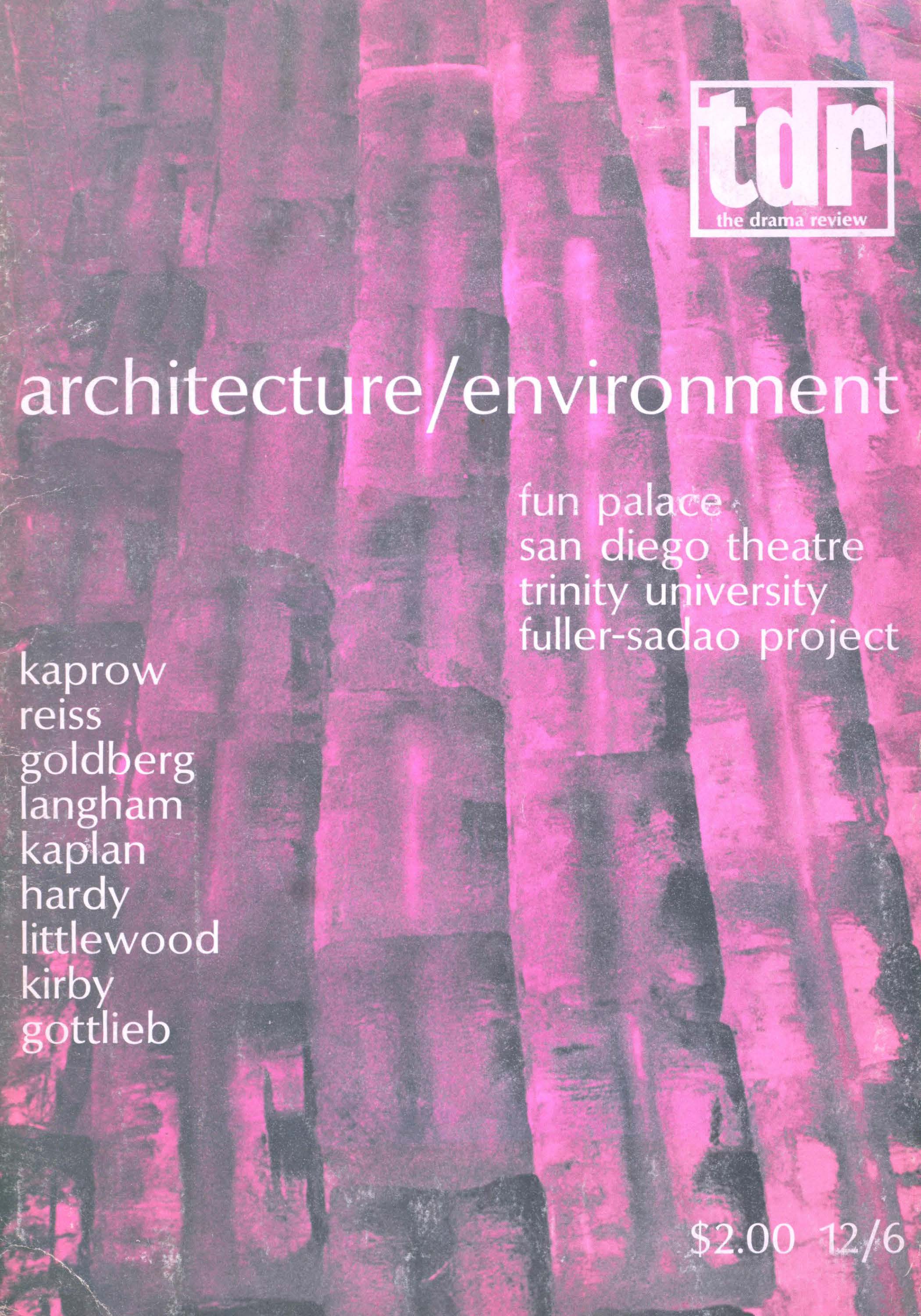Article contents
Commedia and the Actor
Published online by Cambridge University Press: 07 December 2021
Extract
Although we can conjecture about commedia in a historical framework, we cannot know what it was like. There are no existing scripts, no photos. There are only a few paintings, a few sparse descriptions, and a horde of mostly untranslated scenarios. Yet, a great interest in commedia continues. Anyone can open the drawer marked commedia dell'arte, but, having opened it, how does one know what to choose from it? For some, commedia means a dusty reincarnation of the postures and poses of a Callot, charming in print, but deadly on the stage. The magnetic appeal of commedia, for me, has been to rediscover the magic of the performer: how he worked, what he did, and to some extent, why he did it, consciously or not. The only possible approach is an inductive one. We must begin where we are.
- Type
- The Popular Performer
- Information
- Copyright
- Copyright © 1974 The Drama Review
Footnotes
The title photograph is of Mazzone-Clementi's Dell'Arte Troupe
References
* The art of maskmaking in leather, lost to us since the Renaissance, was revitalized through the work and research of Amieto Sartori, a well-known Paduan sculptor (1915-1962). Although some sixteenth-century Venetian masks survive, there are no records of the techniques used to create them. Working from descriptions of certain tools, a few wooden molds and some notes on contemporary bookbinding procedures, Sartori was able to recapture a lost art. The commedia masks of Sartori are highly individualized creations, molded for the actor, expressing his concept of his character, as well as the traditional facial characteristics of the prototype. With Sartori's death in 1962, his son, Donato, took over his work.
- 4
- Cited by


